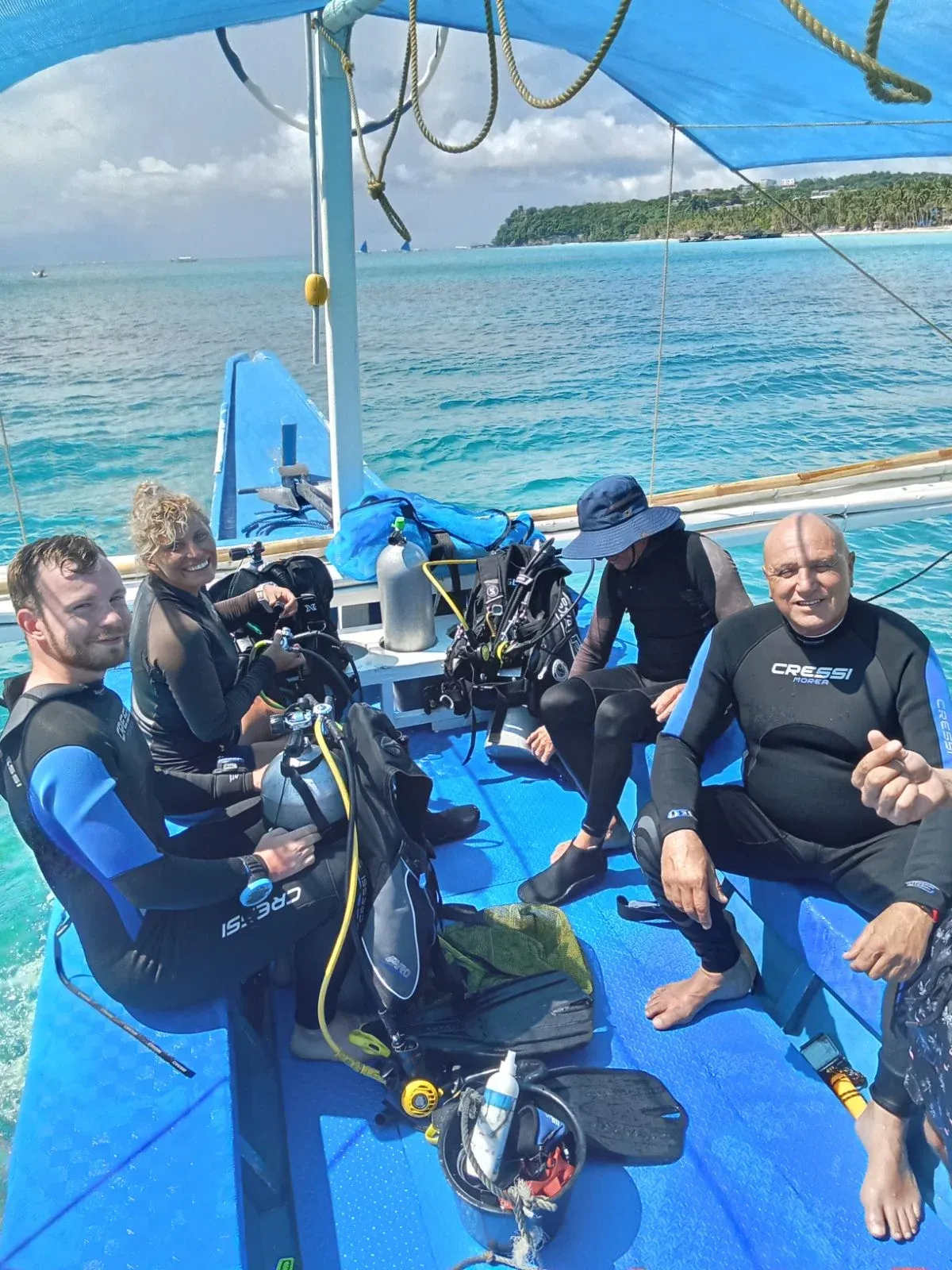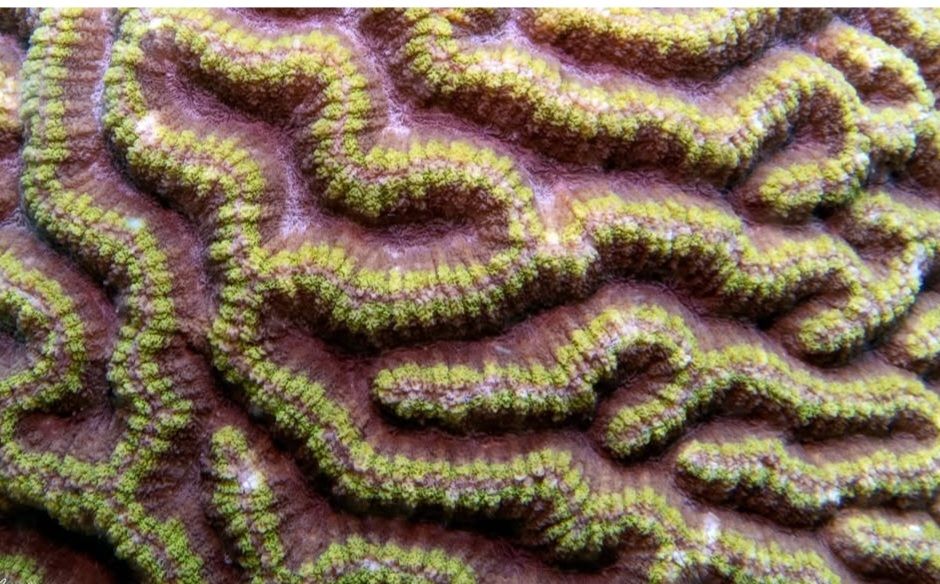10/27/2025 Dive Log – TriBird airplane wreck
Dive Log: 10/27/2025
Dive Site Name: TriBird airplane wreck
Dive Depth: 29 meters
Dive Duration: 42 mins
About The Dive: The TriBird airplane wreck here in Boracay is a really cool dive.
The airplane is all in 1 piece resting on a sandy bottom upside down at 29 meters.
Under the wings there is a lot of soft corals growing.
We spotted 2 Scorpionfish, Bluefin Trevallys, Bubble corals shrimps and some Nudibranchs.
On the inside we saw some Durban dancers and Pipefish.
We made our way up to the shallower reef to end our dive at 13 meters.
On the reef there was groups of Morish Idols, Golden Damsels, Porcelain crabs and some Popcorn shrimps.
Great diving today 😀









